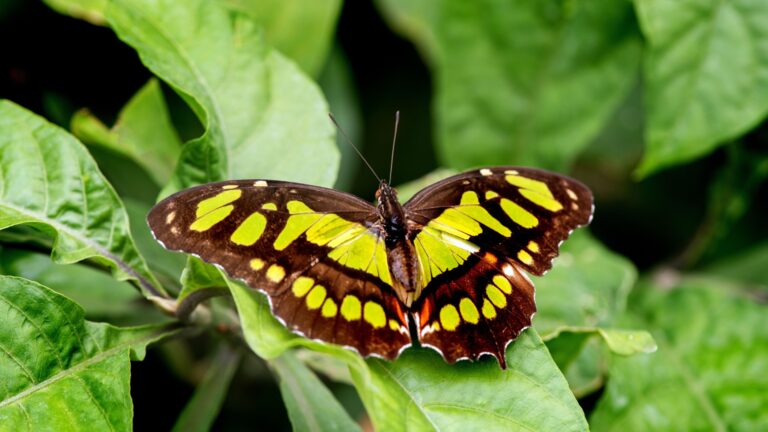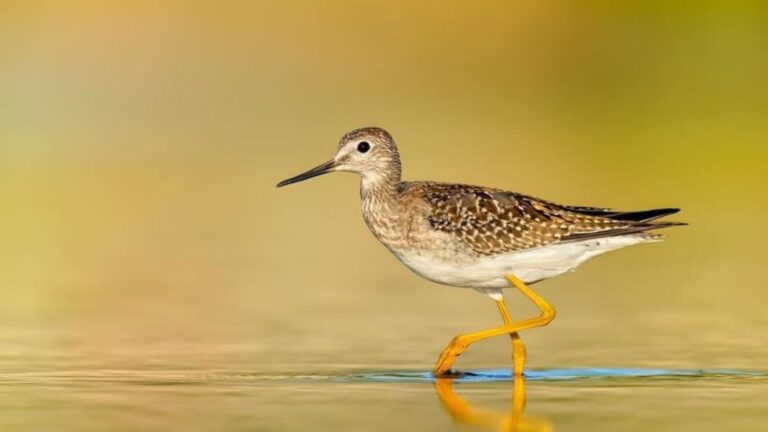15 Amphibians That Thrive On Land And In Water
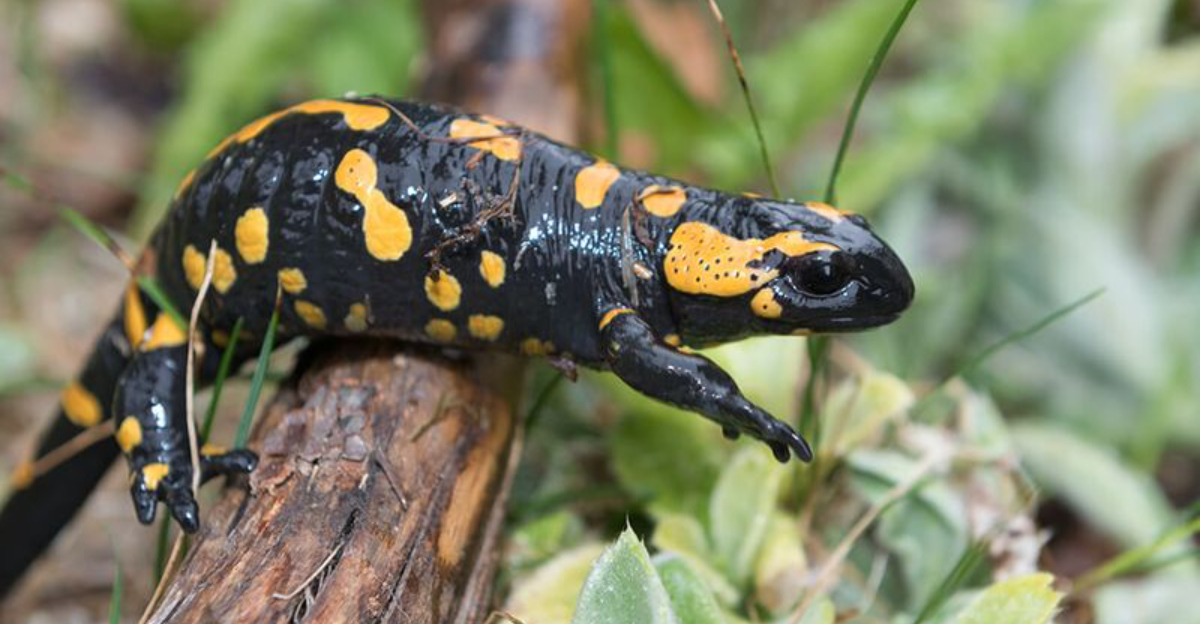
Some animals just can’t choose between land and water – and amphibians are the ultimate double agents. From ponds to forests, they’ve mastered both worlds like pros.
With their slick moves and clever adaptations, they’re built to switch habitats with ease. Get ready to meet some fascinating creatures living the best of both worlds!
1. Axolotl
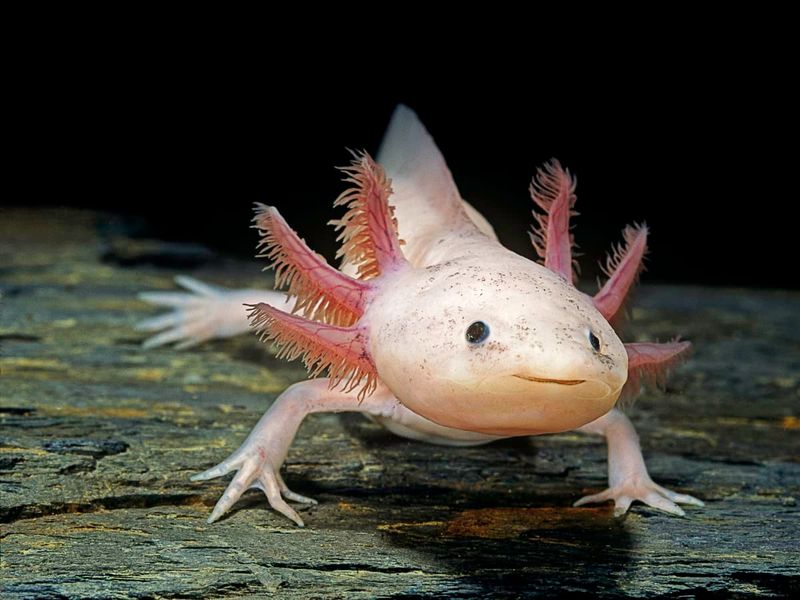
The axolotl isn’t just a pretty face; it’s a master of underwater antics. With its feathery gills, this amphibian stays perpetually juvenile, never undergoing the usual transformation most amphibians do.
While it might look like a creature from a fairy tale, the axolotl is actually native to the lakes of Mexico. Its smile is just as enchanting as its ability to regenerate lost limbs!
2. Red-Eyed Tree Frog
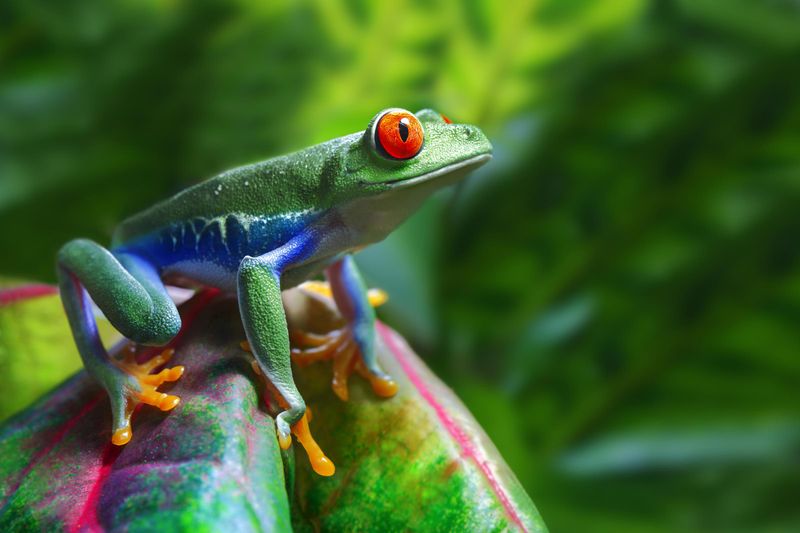
With eyes as vivid as rubies, the red-eyed tree frog is a sight to behold. This little creature uses its striking appearance to startle predators into thinking twice.
Its suction-cup toes make it an exceptional climber, perfect for navigating the jungle’s canopy.
3. Tiger Salamander
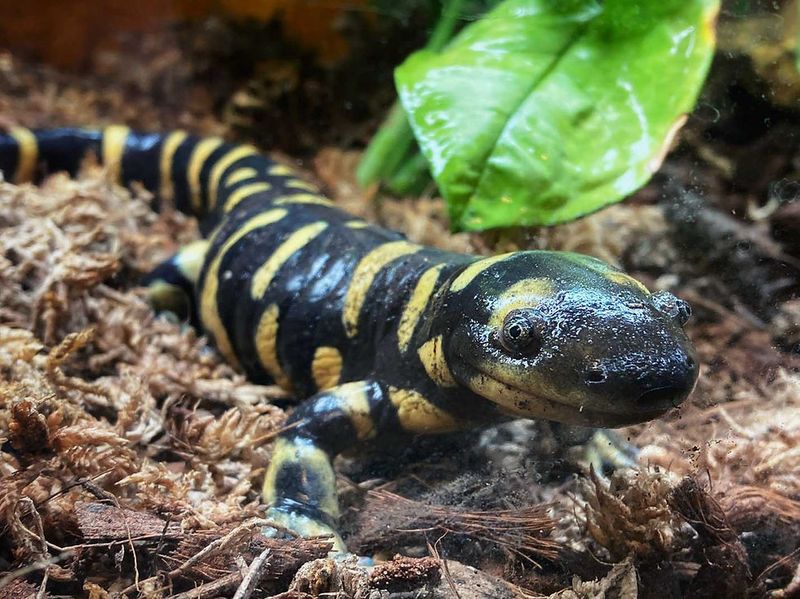
Stripes aren’t just for tigers! The tiger salamander wears its bold pattern with pride.
This amphibian is known for its ability to thrive in a variety of environments, from forests to grasslands. Its adaptability, both in diet and habitat, makes it a true survivor.
4. African Clawed Frog
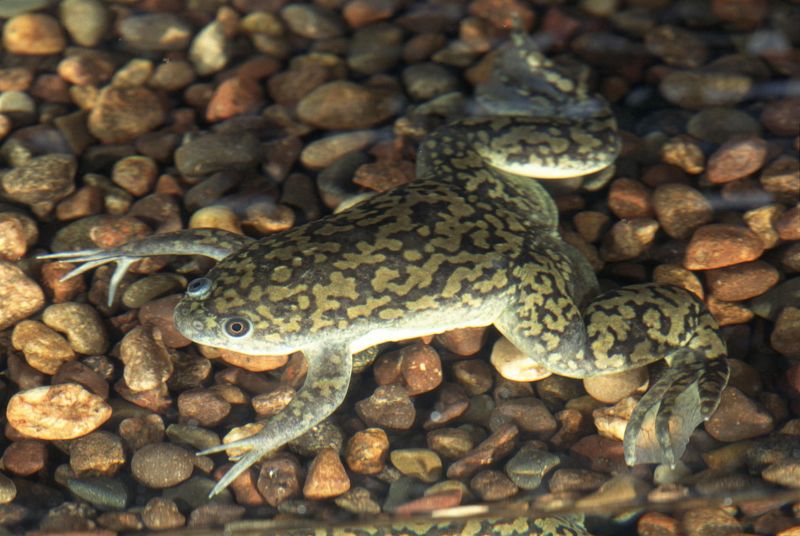
Webbed wonders in the water, the African clawed frog is a swimmer at heart. Its clawed toes help it dig and explore the muddy bottoms of its aquatic home.
This frog is known for its voracious appetite, snapping up anything that moves.
5. Fire Salamander
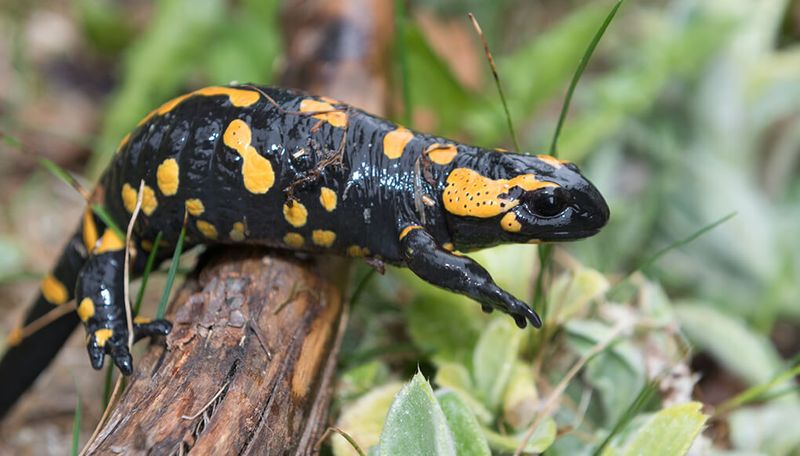
With patterns that resemble flickering flames, the fire salamander is one hot amphibian! These salamanders prefer the cover of darkness, often emerging after rain to hunt.
In Europe, the fire salamander is a symbol of transformation and resilience.
6. Mudpuppy
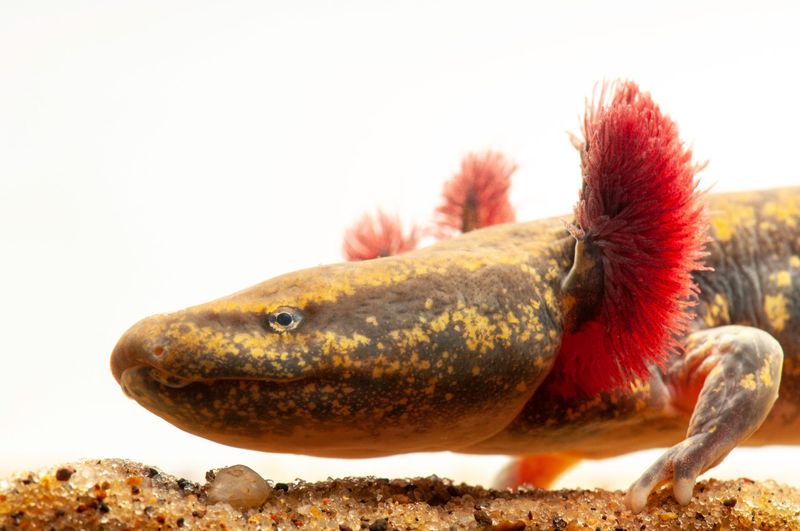
The mudpuppy is a creature of mystery, seldom seen due to its nocturnal habits. With external gills that resemble frilly collars, it can breathe underwater like a pro.
This amphibian can be found in slow-moving streams and lakes, where it spends its life under rocks.
7. Olm

Living in total darkness, the olm is a creature straight out of a fantasy novel. This blind cave dweller has adapted to life in the shadows, relying on other senses to navigate.
Found in the caves of the Dinaric Alps, the olm is a rare glimpse into evolution’s adaptability.
8. Common Toad
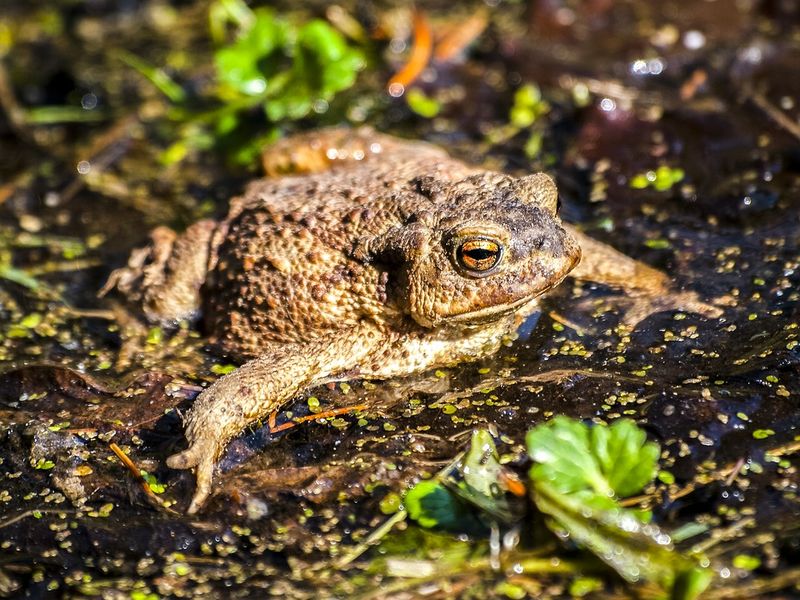
Don’t let the name fool you; the common toad has a charm all its own. Known for its warty skin and squat stature, it might not win a beauty contest, but it sure knows how to live.
This toad is often found in gardens, feasting on slugs and insects. Its resilience and adaptability make it a gardener’s friend.
9. Newt

Tiny yet tenacious, the newt is an amphibian that thrives in dynamic environments. Its bright orange hue warns predators of its toxic skin, serving as a vibrant signal of caution.
Newts are often seen in ponds and ditches, gracefully swimming or crawling along the water’s edge. Their life cycle, from aquatic larvae to land-dwelling adults, is a wonder of nature.
10. Spotted Salamander
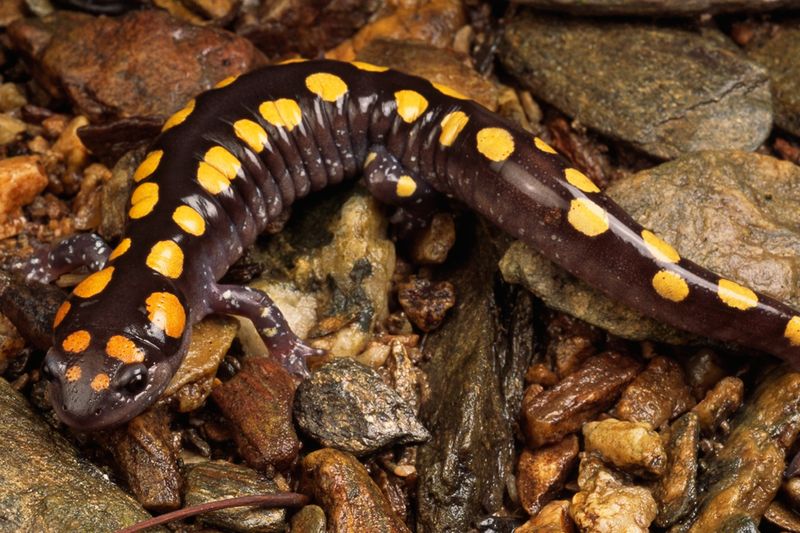
A splash of yellow on black, the spotted salamander is like nature’s polka-dotted marvel. This amphibian loves the moist comfort of forests and can often be seen during rainy nights.
Its life begins in water, but as it matures, it ventures onto land, showcasing its unique adaptability.
11. Cane Toad
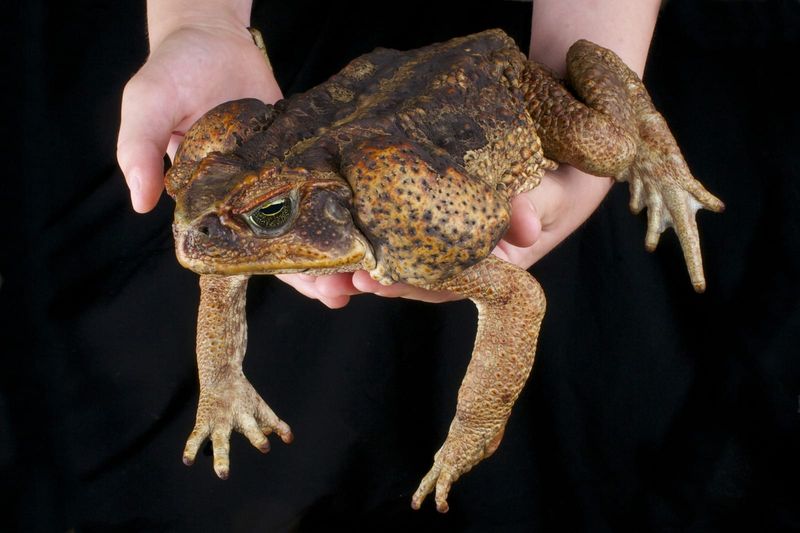
The cane toad is notorious for its size and appetite. Originating in Central and South America, this chunky amphibian has made its mark in many parts of the world.
With skin that secretes toxins, it’s best admired from a distance. Despite its hefty reputation, the cane toad is an important part of its ecosystem, controlling insect populations.
12. Surinam Toad
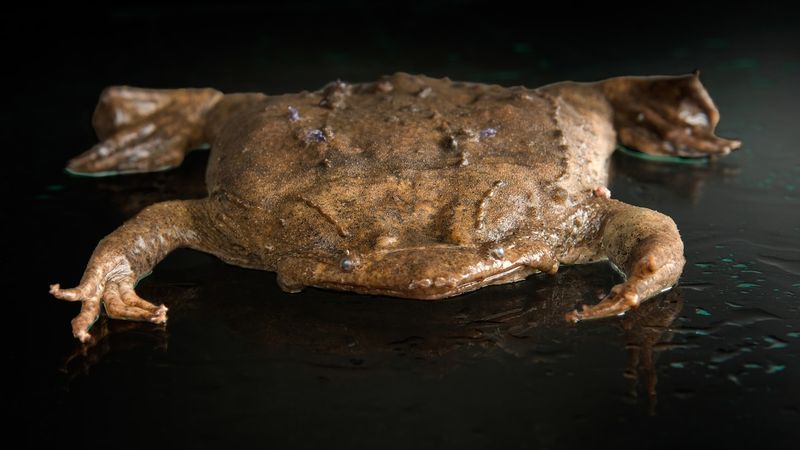
Nature’s pancake, the Surinam toad, is as flat as they come. Its leaf-like body camouflages perfectly in muddy waters, making it hard for predators to spot.
What’s fascinating is its reproductive process: the female carries her eggs on her back, where they embed and develop. This unique feature makes the Surinam toad a standout among amphibians.
13. Darwin’s Frog
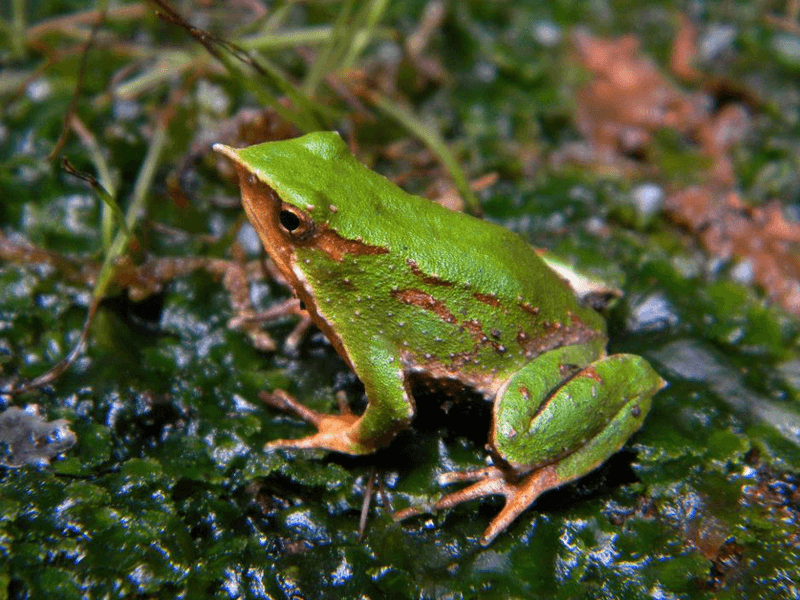
Named after the famed naturalist, Darwin’s frog has a trick or two up its sleeve. Its unique camouflage allows it to blend seamlessly into leaf litter.
But what truly sets it apart is its reproductive twist – the male carries the young in his vocal sac until they’re ready to hop out.
14. Hellbender

The hellbender, with its large, flat body, is a giant among salamanders. Found under rocks in fast-flowing rivers, it’s perfectly adapted to its aquatic environment.
Its wrinkled skin increases its surface area for breathing, allowing it to thrive in oxygen-rich waters.
15. Glass Frog
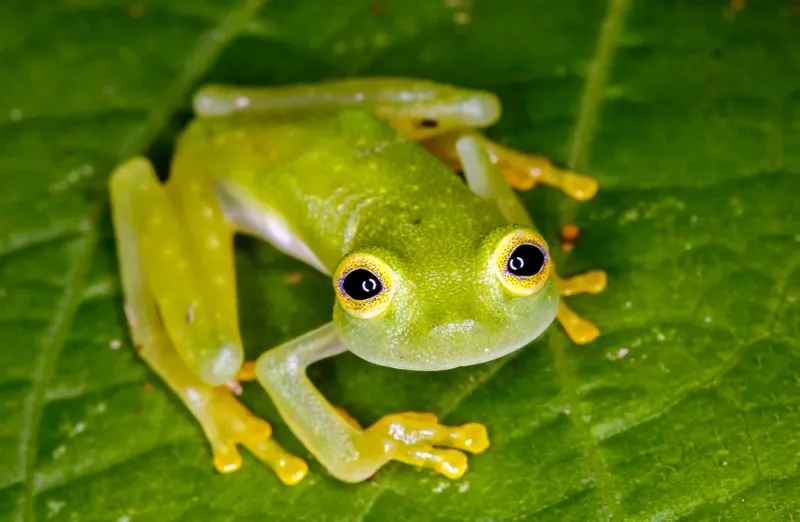
The glass frog wears its heart – quite literally – on its sleeve. With translucent skin, you can see its beating heart and other organs, a feature that captivates and mesmerizes.
This amphibian lives in the trees of Central and South America, often camouflaged against the leaves.



